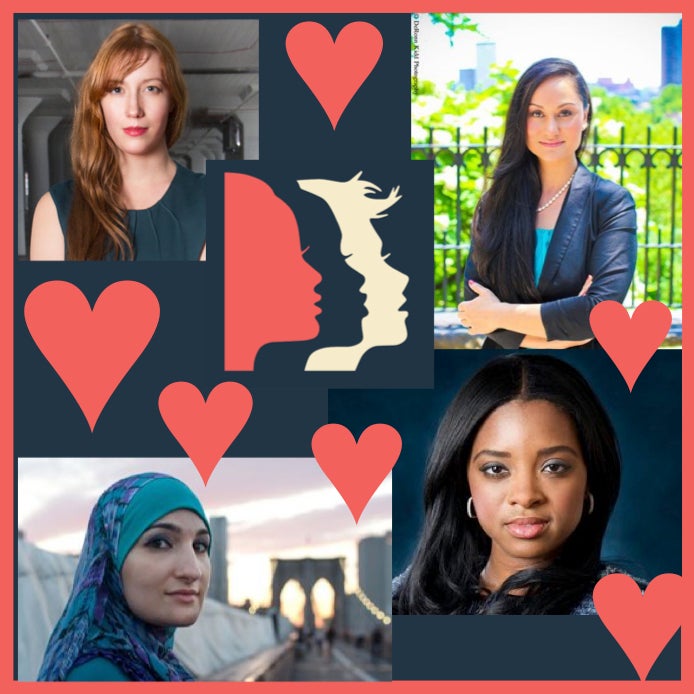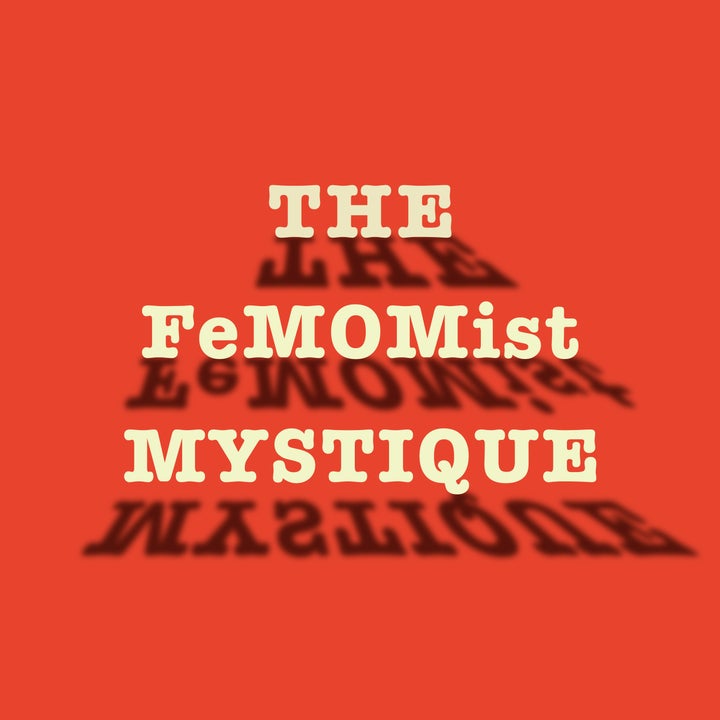
The Women’s March on Washington’s National Committee is headed up by a diverse group of badass women (clockwise from left): Bob Bland, Carmen Perez, Tamika Mallory, Linda Sarsour.
With less than three weeks to go until the Women’s March on Washington takes the Nation’s Capitol (and new administration) by storm, it is telling that one early criticism of the March has not been swept under the rug as it might have been in another era, but rather addressed head on. The criticism was as old as feminism itself—what about the rights of non-privileged women? In other words, was this going to be a repeat of the first and second waves of feminism, which largely focused on the concerns of white, well-educated, upper middle class women?
That the answer presented itself swiftly and decisively is not as much a testament to the march’s original organizer, Bob Bland (a white woman), as it is a testament to how far we have come in this country as progressives and feminists. It was Bland, however, who quickly set out to address this criticism that has been ultimately used to silence a movement. Like most movements are, the women’s rights movement has been an imperfect one; yet it is a social revolution nevertheless that has continued to reverberate, even as we came so very close to electing our first female president less than two months ago. The suffragettes were the product of their time, as were the women’s libbers of the 1960s and 70s, as are we. We are, ultimately, progressives. We believe in and long for equality for all humans, and when the “powers that be” attempt to send us hurling backwards in time to when women and minorities were powerless in this country, the go-to response, after perhaps a period of mourning, is to get up and fight, and resist, with every fiber of our being.
I would like to advance the notion that the remedy for the age-old criticism of feminism is so simple—the third wave of feminism must be this: when all women (and not just the ones that happen to be just like we are) are more equal, we are all more free. Yet, there are pitfalls. Take the March. Bland added co-organizers to represent several categories of women who are marginalized for multiple reasons and the national committee now includes, in addition to a white woman, a black woman, a Latina, and a Muslim woman. This was a critical step to take to make the March be a welcoming and inclusive event. Intersectional feminism is about trying to be inclusive. We may not always succeed, but it is a goal.
“The new feminist icons must include women of all ages, socioeconomic backgrounds, races, religions, sexual orientations, and ethnicities.”
Another example where the challenges inherent in intersectional feminism has cropped up is over on Facebook. The “secret” group known as Pantsuit Nation grew exponentially in a matter of weeks, from a circle of well-educated, white woman and her friends, to a highly diverse group of about 4 million women and men. When women of color attempted to broaden the worldview of the group as a whole, the result was distressing to many. The women of color had, of course, just as much of a right to complain about their experiences and be heard, as the white women, possibly even more of a right given their additional obstacles. The problem, ironically enough, was that by claiming such a right, some white women decried them as being “divisive.”
Herein lies the biggest challenge to feminism. It is undeniably challenging because we have stood here before and came up short. We realize that, if we stand together, we are an unstoppable force. We are the only special interest group that is as large in number as the “majority” group. The paternal order knows this and roots for division in our ranks. If we can only see this for what it is, we have a chance to overcome it.
The definition of feminism and the goal of the Women’s March are actually one and the same: We demand to have the same rights as white men have had since the beginning of our country. We demand equality. We demand to be paid the same as men do for the same job. We demand to be recognized and valued for doing so much of the hard work required or expected of us—whether that be running a household, feeding the family, cleaning the house, bearing the children, raising the children, and working to contribute financially to the household coffers. As a practical matter, we must become much better at supporting working women, and mothers. Rather than pay lip service to equality, we must demand to be supported, in fact, in our choices. We must be able to control our own destiny in this world, without regard to our gender and physical appearance. We must be viewed as so much more than sex objects or baby incubators. We must demand our right as human beings to life, liberty, and the pursuit of happiness.
None of these things has anything to do specifically with race, religion, ethnicity, sexual orientation, or sexual identity, nor with socioeconomic status. However, we know that women who are not white, Christian, straight, and/or born in this country have an even harder row to hoe. Those women do not have the same ability to align with white men in a paternalistic society and benefit as a result.
“We are the only special interest group that is as large in number as the “majority” group.”
Feminists like Betty Friedan (author of the feminist bible, “The Feminine Mystique”) and Gloria Steinem are my heroes, but I have learned over time that they are not heroes for all women. This has been unfortunate and it is counter-productive. The new feminist icons must include women of all ages, socioeconomic backgrounds, races, religions, sexual orientations, and ethnicities. It is crucial for us to hear the voices of strong women of color, such as bell hooks (author of “Ain’t I a Woman?: Black Women and Feminism” and other important feminist books) and feminist storyteller Chimamanda Ngozi Adichie, whose TEDx talk entitled, “We should all be feminists,” inspired Beyonce’s 2013 song “Flawless.”
We cannot mess up this opportunity—again—to make real strides in this country, because we fail to listen to our sisters simply because they don’t look like us nor share our experiences. For if we come together and stand together, we are an unstoppable force of nature. The patriarchy won’t know what hit them as we smash through, spread our wings, and soar.

